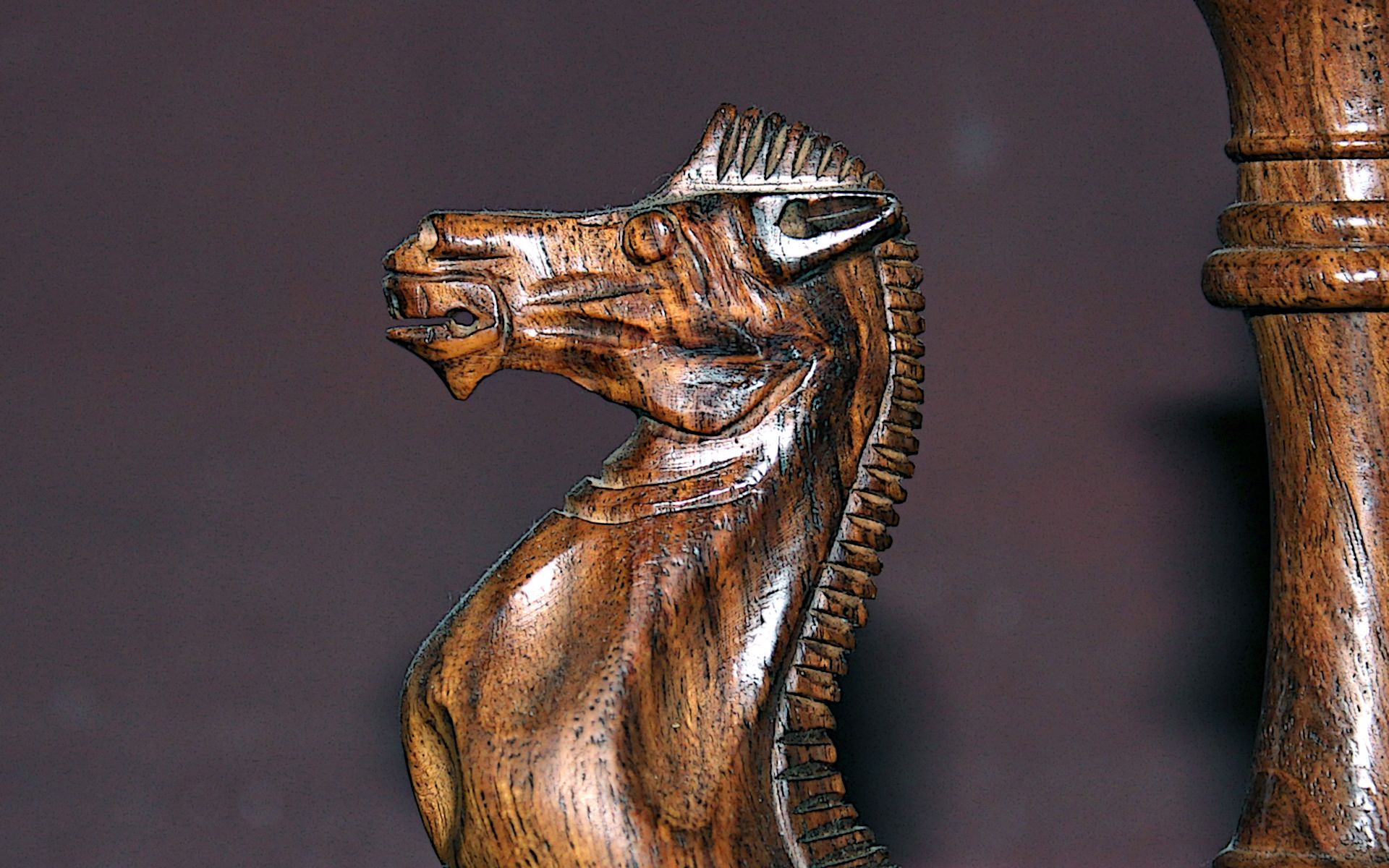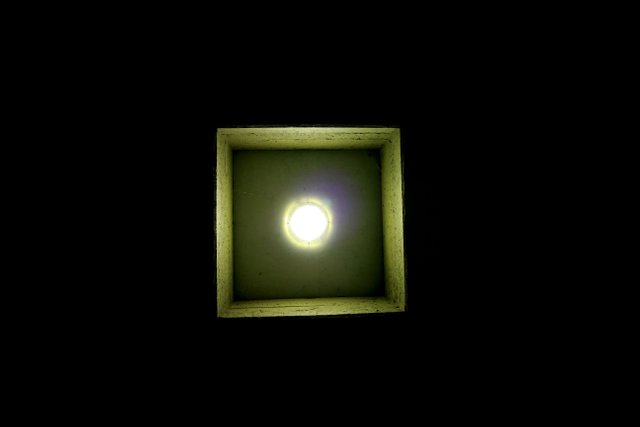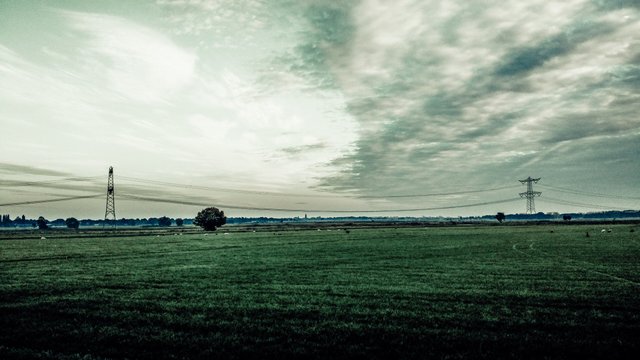How much beauty can a single thing contain?
My approach to art is rather down to earth:
To be an artist, try to create beauty.
I discussed what that means in this context before, in a lengthy post.
This time I'd like to discuss a practical problem that surfaces when you try to make your work better and better.
Is it always possible to make a thing more beautiful? how much beauty can a single thing contain?

one of my older works - I made a lot of compositions that would look crowded to minimalists.
When you're working on something, you run into the question: how can I make this more beautiful?
This is an especially vexing problem with digital art, because it is so flexible. At any point, you can change anything. There's no limit to the number of versions you can have of the same work. It's very easy to get lost in the process - and stuck on the details. Sometimes it is paralyzing and frustrating.

another version of the same work: I tried combining the visual with poetry.
In my opinion, the big breaks come when your style changes.
Right after such a break, making work is easy and liberating. (it won't automatically be good, but it will be liberating).
I believe these breaks happen when your sense of appreciation changes, which happens as your taste develops. I believe you can't have good taste in anything without being skilled in the art of appreciation in that field. To put it shortly, appreciation is a skill.
You don't have to be an artist to understand the role of work.
 original work
original work
Consider a chess game.
If you have no clue what is happening on the board, how can you appreciate even the greatest game?
Yes, the physical game may still be considered beautiful (especially if played with well crafted pieces), but the beauty inside of it will remain hidden.
Even if you play chess, some moves can only be appreciated if you're sufficiently skilled yourself.
Appreciation really can require work
But that poses a very interesting question.
There aren't a lot of limits to the amount of work and knowledge you can put into a single work. This is exponentially true if you include the history of a field into the equation. It is one thing to judge an image on its own, but another entirely to judge it in the context of all the (renowned) works that preceded it.
Are the most beautiful works really those that are the hardest to fully appreciate?
And really, how much beauty can a single work contain?
In art class (this was high school) we used to analyze works over and over. You were supposed to judge composition, style, the use of color, all these things. I'm thankful for these lessons.
However, I was always annoyed by the phrasing of the questions:
"Why did the artist choose this composition"
"Why did the artist use the colors he did"
"What other artist is the author contrasting his work to?"
At some point, I just didn't buy it
 original work
original work
I don't believe artists must be art historians, or librarians (maybe with the exception of some writers).
I don't think artists have to have a reason for everything they do. I don't believe they have to have all the answers.

I certainly don't know what this text means, but I wrote it anyway.
I think you can't quantify the amount of beauty in a work in any singular way.
This also means that some forms of art are lost on me. Sometimes works of art seem to represent the very opposite position: that beauty is absolutely quantifiable, and that it is somehow an inverse function of accessibility. That if you can't see it, it simply means you have to look deeper.
I kind of had this sensation watching the movie 'Paterson' recently. I liked the movie, but I couldn't really get into the poems - even though I deeply appreciated some of the lines (notably one specific describing a match: "[...] so sober and furious and stubbornly ready to burst into flame."), the poems as a whole I found tough to crack.
But I think what it comes back to, is my conception of art as sharing viewpoints.
I think you have to give artists credit, at least initially, for being honest. Their art may look like the emperor's clothes (based on the premise that it's so inaccessible people will be afraid to point it out, because they'll be afraid they come across as uncultured and clueless), but that doesn't mean they designed it that way.
All I demand from any work is that it was honestly appreciated by the author that created it.
And if I can't see the beauty in any particular case, that's fine. You can still respect that it was shared.
Because the most beautiful work, I believe, isn't the most literate or the most historically justified. It isn't the most inaccessible or the most pretentious.
It's the one that resonates most strongly with us.
And this can be quite unintentional. You don't know what will resonate until you share it.

original work
Excellent post. I m following you. You should defintitely check my latest work, let me know what you think. Took photos yesterday. :)
https://steemit.com/life/@velimir/the-liberation-grand-plan-series-part-1